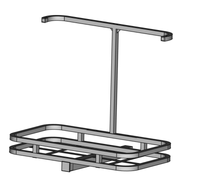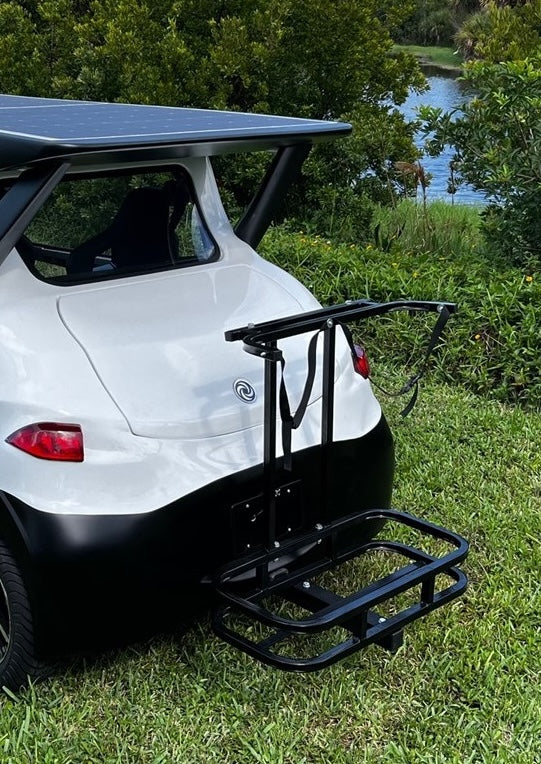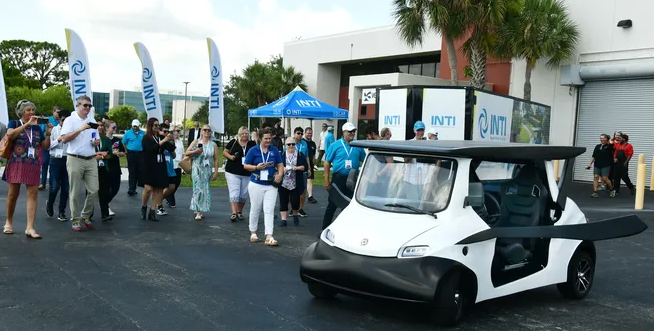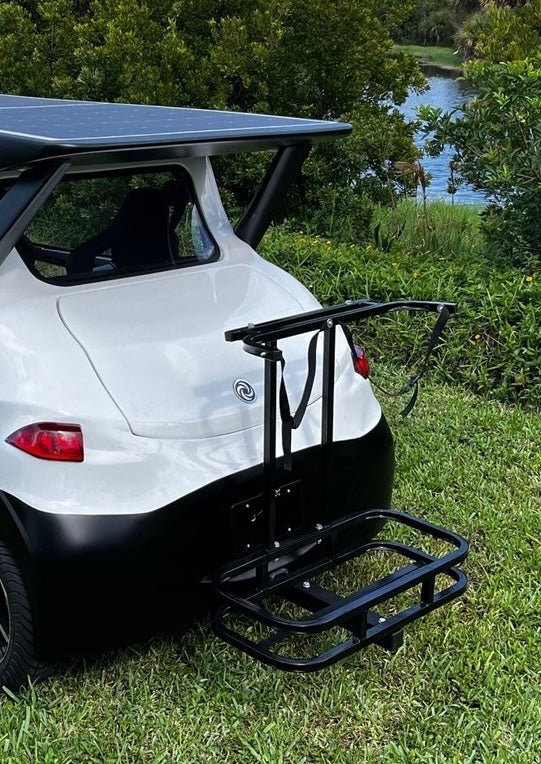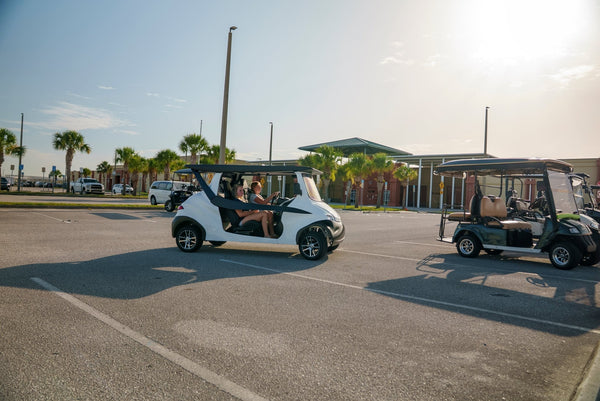Understanding Solar Technology in Cars Today
Welcome to the world of solar-powered cars, where cutting-edge technology meets sustainability. Today, we're diving into the core technologies that make solar cars a reality—solar panels, batteries, and energy-efficient designs. We'll also explore how our very own INTI solar car incorporates these innovations to enhance performance and drive sustainability forward.
Solar Panels: The Powerhouses of Solar Cars
Solar panels are the most visible and vital component of any solar car. They convert sunlight into electrical energy, which is then used to power the vehicle's motor and other electrical systems. Solar panels are made from photovoltaic (PV) cells, usually silicon-based, which generate electricity when exposed to sunlight.
The efficiency of these solar panels is crucial because it determines how much of the sun's energy can be converted into usable power. Modern solar cars use monocrystalline silicon panels, which offer efficiencies of around 22-25%. These high-efficiency panels are ideal for maximizing energy capture, especially in limited spaces like a car roof.
Batteries: Storing Sunshine for the Road
While solar panels harvest energy, batteries play the crucial role of storage. The energy generated during sunny conditions needs to be stored effectively for use at night or during cloudy weather. Modern solar cars use lithium-ion batteries due to their high energy density and efficiency. These batteries not only store a large amount of energy in a relatively small space but also charge and discharge efficiently, which is essential for the stop-and-start nature of car driving.
In the INTI Solar Car, we use state-of-the-art lithium-ion batteries that are specifically engineered to optimize weight and maximize capacity. This allows INTI to run longer distances even when the sun isn't shining directly, ensuring reliability and extended usability.
Energy-Efficient Designs: Maximizing Every Ray of Sun
Design efficiency in solar cars involves more than just aerodynamics. It encompasses the integration of lightweight materials, strategic placement of solar panels, and the minimization of energy loss through friction and drag. Every component of the car is designed to reduce energy consumption, from the shape of the chassis to the type of tires used.
INTI takes this concept to the next level. Our car features a design that is inspired by the sleek, flowing lines of a superyacht that minimizes air resistance, allowing it to glide smoothly with minimal energy expenditure. The use of advanced composites in the body construction reduces weight without compromising safety or durability. Additionally, energy-efficient LEDs are used for all lighting requirements to minimize electrical consumption.
Integrating Technologies in INTI
INTI is not just a product of advanced technologies; it's a harmonious integration of these components to create a vehicle that is both fun to drive and environmentally friendly. Our solar panels are strategically integrated into the car's surface to capture maximum sunlight, regardless of the vehicle’s angle relative to the sun. This integration is complemented by an adaptive battery management system that continuously optimizes charging and discharging cycles according to driving patterns and solar input.
Furthermore, INTI is equipped with regenerative braking systems that convert a portion of the kinetic energy lost during braking back into electrical energy, which is then stored in the battery. This feature not only increases the driving range but also improves the overall energy efficiency of the car.
Conclusion: The Bright Future of Solar Cars
Understanding the technologies behind solar cars gives us a glimpse into a future where transportation is sustainable, efficient, and harmoniously integrated with the natural environment. With cars like INTI, we're not just driving on the roads; we're riding with the sun, using every journey to push the boundaries of what's technologically possible while preserving our planet.
As we continue to innovate and refine these technologies, the future of driving looks not only brighter but also cleaner and more enjoyable. Stay tuned for more insights and updates as we journey together towards a sustainable driving future powered by the sun.

